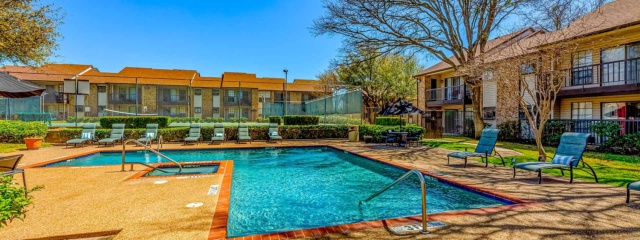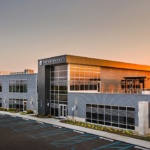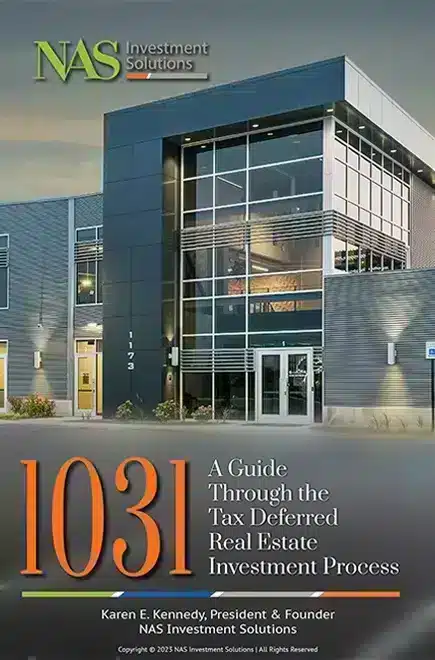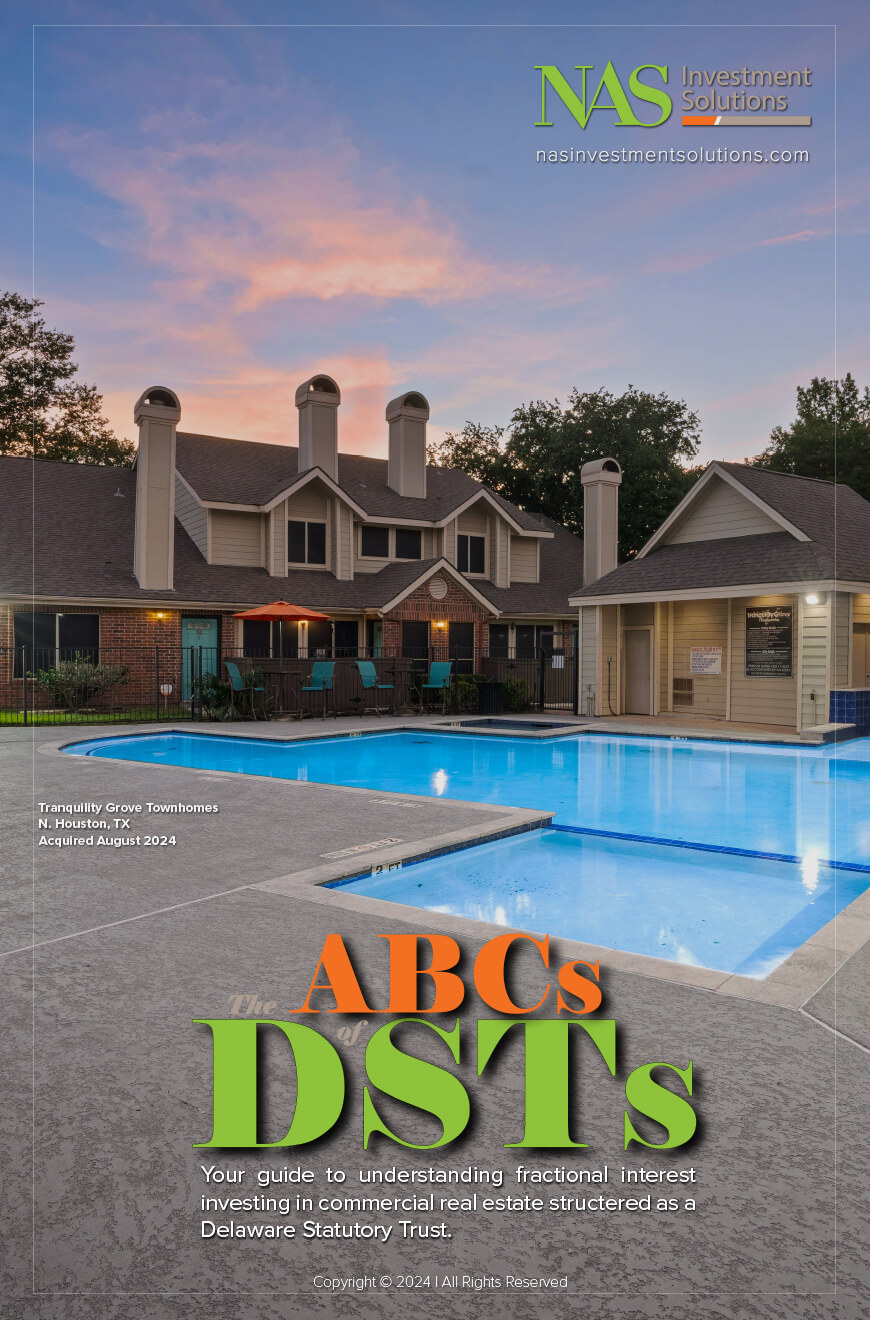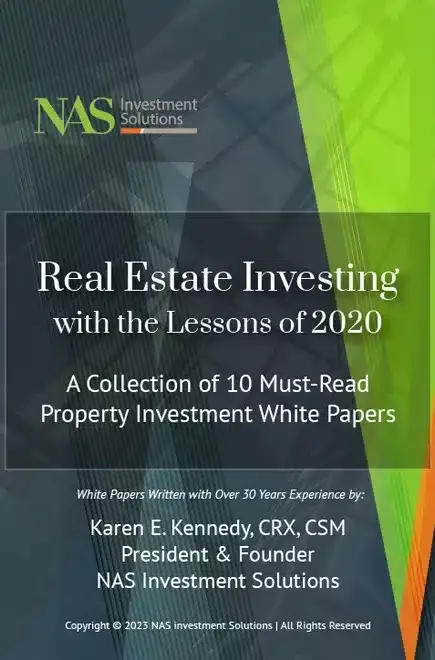Top Factors Influencing Commercial Real Estate Value in 2024
Updated August 3, 2024
Whether investing in a multifamily property, commercial shopping center or office building, industrial property or land, it’s important for commercial real estate investors to understand what a potential investment is worth now – and in the future.
Here are the top 10 factors that can affect commercial real estate value, drive prices up, or drag property values down.
1. Location — But it’s Not the Only Driver of Commercial Real Estate Value
Real estate is about location, location, location. And while where a property is located isn’t the only driver of commercial property value, it’s clearly important.
Five factors that can make a property more valuable based on its location are:
- Hard corner exposure – property situated at the corner of a four-way intersection is more valuable because drivers or mass transit riders have more time to look and see the property and its tenants.
- Surrounding property – by way of example, a retail shopping center with restaurants and groceries close to large residential areas has a ready supply of potential customers living near the commercial property.
- Traffic count – the more cars and riders that pass by the property each day the more ‘free advertising’ the property and tenants will receive.
- Vehicle ingress and egress – the easier a property is to get into and out of, along with the ability to make both left turns and right turns, the more user-friendly and valuable the location will be.
- Transportation – access to mass transit systems, highways and freeways, auto parking, and green and pedestrian-friendly transportation features such as bike paths and walkability.
2. Interest Rates
Commercial real estate investors use leverage – or other people’s money – to buy property. Interest rates are the cost of credit. When rates are low, credit is cheaper. More money flows into capital improvements and commercial real estate because of higher yields (return on invested dollars) and rising property values. Conversely, when interest rates rise, property values go down due to declining yields from the higher cost of financing.
3. Economic Outlook
The current performance and outlook of the local, regional, and national economy affect the value of commercial real estate. Economic indicators include real GDP, inflation-adjusted wage growth, job growth and unemployment rates, and the household savings rate. When major employers are stable and successful, they attract businesses, professionals, and residents to the area. This increased demand for office spaces, retail properties, and industrial facilities positively impacts real estate values. If a major employer fails or downsizes significantly, it can lead to vacant office buildings, retail centers, and warehouses. These empty spaces reduce rental income and negatively affect property values. The 2025 political change in Washington will also have influence over the economy.
4. Population and Demographics
Population growth through births and migration, age distribution, and education levels also influence commercial property values. For example, an area with a growing number of specialized high-tech jobs might see a rising demand for high-end retail and restaurants. A submarket with an aging population might see more demand for retirement and assisted living facilities.
5. Supply and Demand
The law of supply and demand states that if demand exceeds supply, prices and property value will increase. For example, a shopping center is more valuable if it is conveniently located close to where people live versus being in a business district with little evening or weekend activity.
6. Property Market Performance
Economic outlook, population demographics, and supply and demand – along with new government programs, zoning, and tax laws – significantly impact the performance of individual commercial real estate markets. High taxation and municipalities that are not real estate development-friendly are often cited as reasons why residents and businesses relocate from one area to another. This is evident in the recent influx of companies moving to Texas, which offers a more favorable business environment.
7. Size and Facilities
Commercial property that doesn’t have the functionality to meet the demand of the marketplace runs the risk of becoming obsolete and less valuable to users and investors. Office building owners that don’t provide co-working office space and amenities that today’s tenants increasingly expect. Apartment buildings with a high percentage of one-bedroom units in an area with growing families. Shopping centers with retailers that do not stay relevant with their customer base are are just some examples of ways that commercial property value declines due to changing market demand.
8. Aesthetics and Deferred Maintenance
First impressions are lasting impressions, especially in commercial real estate. Property that has dated exterior finishing, overgrown landscaping, or a parking lot needing to be resurfaced and re-striped is unattractive to tenants and their customers. Tenants won’t renew their leases, cash flow and net property operating income will go down, and the capitalization rate on the property will rise due to a lower selling price.
9. Renovation and Value-add Potential
Commercial real estate that offers buyers the ability to renovate and add value can be worth more to investors than property that doesn’t. Using the above property with deferred maintenance as an example, an experienced real estate investor with available capital for updating, tenant-friendly professional property management, and creative leasing strategies can turn a property around by increasing the monthly cash flow and NOI.
10. How Redevelopment Impacts Commercial Real Estate Value
The redevelopment potential of commercial real estate can also significantly affect its value. That’s because the highest-and-best-use for a property today may be much different than when it was first built. For example, in many real estate markets there’s a rapidly growing need for multifamily residential property. Historic buildings being transformed into modern office spaces, and old neighborhood bars being revitalized into unique restaurant concepts, also demonstrate how redevelopment can significantly enhance property values.
Commercial Real Estate Value Changes Over Time
Commercial real estate is a long-term investment. Successful real estate investors understand the key factors affecting commercial property value both today and tomorrow and how they interact with one another:
- Location
- Interest rates
- Economic outlook
- Population and demographics
- Supply and demand
- Property market performance
- Size and facilities
- Aesthetics and deferred maintenance
- Renovation and value-add potential
- Redevelopment potential
While location matters, other factors have a significant effect on the value of commercial property as well.
Government policies and stimulus packages, the growing freelance and entrepreneurial labor force, rising interest rates, users viewing space as a service rather than a fixed asset, and the growing need for affordable multifamily housing are all impacting commercial real estate property values in ways that weren’t seen just a few short years ago.

